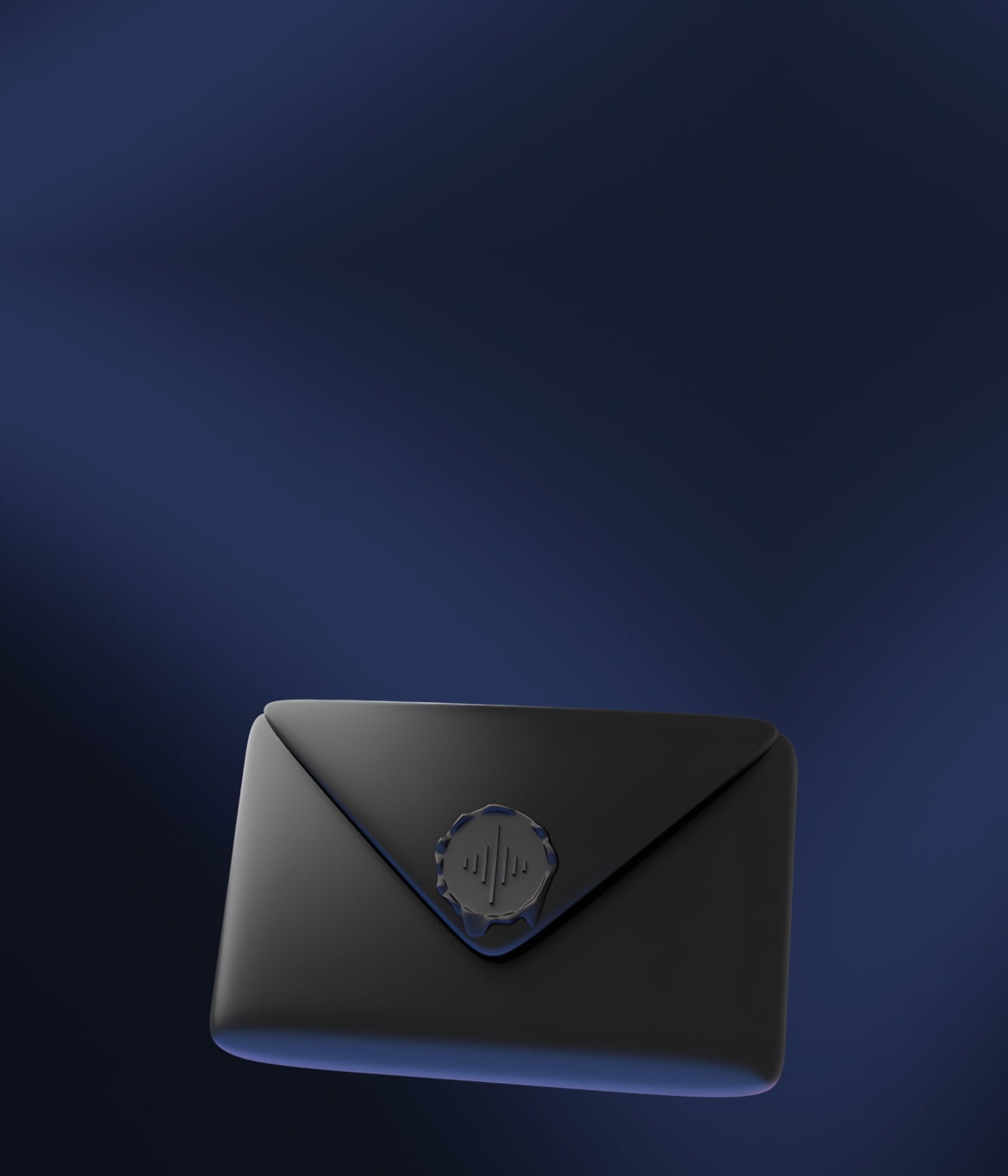5 min read
Unique Middle Eastern percussion instruments

Middle eastern music is famous for its simple percussion instruments played in complex rhythms and grooves. It is unavoidable not to be captivated by those beats the moment you hear them.
Today we will talk about the stars of this show: middle eastern percussion instruments. They are simply amazing with their basic structures, impressive embellishments, complex techniques, and rhythm patterns.
How many middle eastern percussion instruments do you know? Let's look at some of the most important ones to know them better.
Darbuka
One of the most eastern-sounding percussion instruments is the darbuka, the medium-sized goblet-shaped drum with a low sustained, fantastic sound. Played in many countries, from Egypt to Turkey, Darbuka has many variations with slight nuances in different middle-eastern cultures.
The goblet-shaped body was made of clay in the older times, while for the drum head, goat, or fish skin was used. Today, cast aluminum or fiberglass is preferred for the body and synthetic skin for the drum head.
Egyptian darbukas have round edges on the drum head to allow rapid rolls. On the contrary, the Turkish darbukas have flat edges, making finger-snapping techniques much easier. Dirbakki, Doumbek, Derbake are all different Darbuka name variations.
Darbukas produce an incredible low-sustained sound with different striking techniques. You hit with the palms to the middle of the drum head for the bass tones, which creates the Doum sound, while for higher-pitched tones, you use the fingers on the edges.
In many ensembles, darbukas are the main percussion accompanied by a riq. They are also often used in western music with different percussion instruments. Also, you can see many artists using darbuka as a solo instrument.

Mazhar Aka. Bendir Or Daff
A middle-eastern percussion guide must have the frame drums section, as they are the heart of religious music. Daff is the general name of frame drums in the Arabic world, while in Egypt, it is called Mazhar, and in Turkey and North Africa, it is called Bendir. All of these instruments have the same structure with a wooden frame and goat or fish skin stretched as the drum head, but have slight nuances in terms of size and pitch. In the modern days, they are now produced with synthetic skin along with a system that allows tuning the drum to the desired pitch.
They are mainly played in Sufi ceremonies and as accompanying instruments for singing. Today, they are still highly popular in the middle-eastern folk, pop, and religious music.
Sagat
Belly dancers are important elements of middle-east culture, and their choice of percussion is Sagat, finger cymbals made from brass. They are traditionally worn on the thumb and the third finger of both hands and hit together to create the high-pitched cymbal sound. Besides the belly dancers, Sagat's also have their role in percussion orchestras as the embellishment instruments. They were never the primary or dominant percussion instruments, but they have a long history in orchestras and military bands.
While small sagats or zillis are used by belly dancers, bigger ones are the choice of orchestras and bands.

Davul Aka. Tupan Or Katim
The biggest brother of the middle-eastern percussion family is Davul, also known as Tupan, a big double-headed drum played with sticks. It is not very common in Arabic music but highly popular in Turkish and Romani music. Plus, it is called the king of drums in Turkey.
Davul is played with two sticks on both sides of the drum. The bigger stick with a curved head produces the doum sound, which is the bass, while the smaller stick with a straight body creates the high-pitched tak sounds. Traditionally, it was used for the marching music of the Ottoman Military. The heavier frame drum is popular in Arabic countries; Katim is also a large frame drum that produces a dull sound. This big drum is played with hands and fingers, while its role in the orchestra is to support other percussions by accenting dum and tak sounds.
Riq
The instrument that can replace a whole percussion orchestra, The Riq instrument is one of the most important drums in middle eastern culture. It is a relatively small frame drum with 5 double pairs of jingles on the sides, resembling a tambourine. Traditionally, the frame is wood, while the drum head is made of goat or fish skin. But, modern riqs feature synthetic drum heads.
Riq has an impressive range of tones and playing techniques, from complex rhythmic patterns and elaborate finger rolls to shaking actions. In a traditional Arabic music ensemble (known as Takht) riq was the main percussion instrument in the older ages, but today it is mainly accompanied by darbuka.

Conclusion
Percussion instruments are the heart of the middle-eastern music. They create beats and grooves that fascinate the audiences, thanks to these percussion instruments' wide range of sounds.
Although they are challenging to master, they are not complex instruments to learn and start playing. If you are also in love with these tones, you can start playing one of these instruments today!
Author bio:
Daniel Karni -The Owner of Ethnic Musical. An expert for Turkish & Arabic musical instruments since 2008. A multi-instrumentalist, and a fan of middle eastern musical traditions. Plays the Oud, Saz & Ney.






